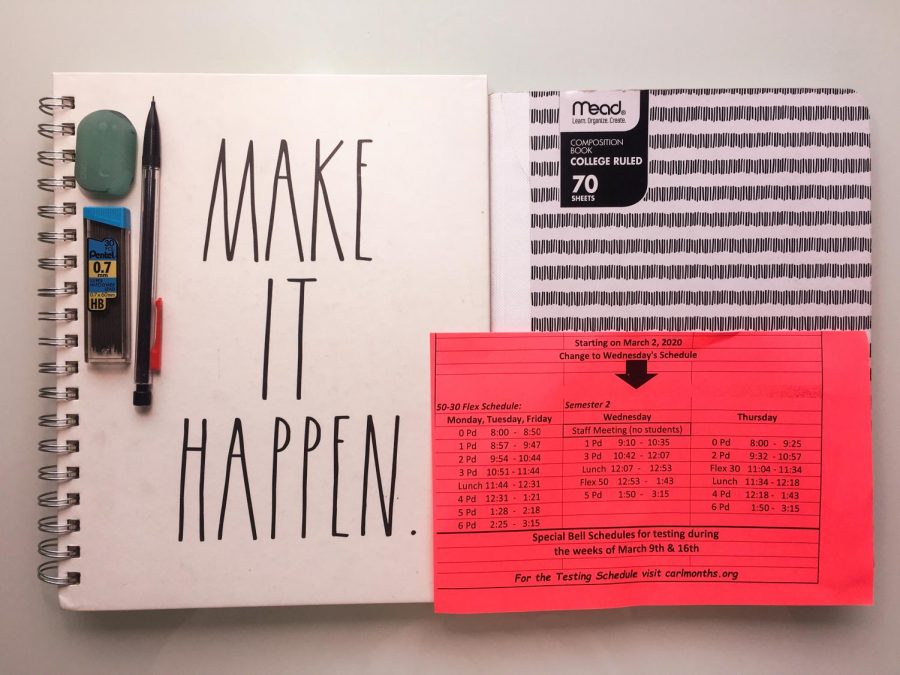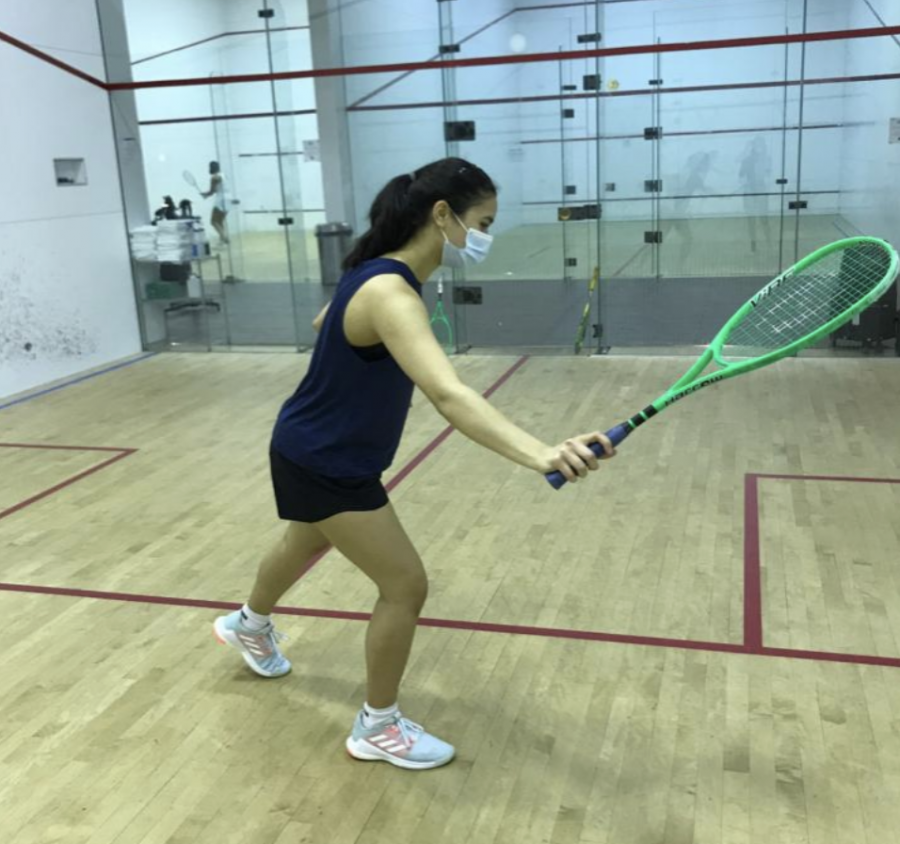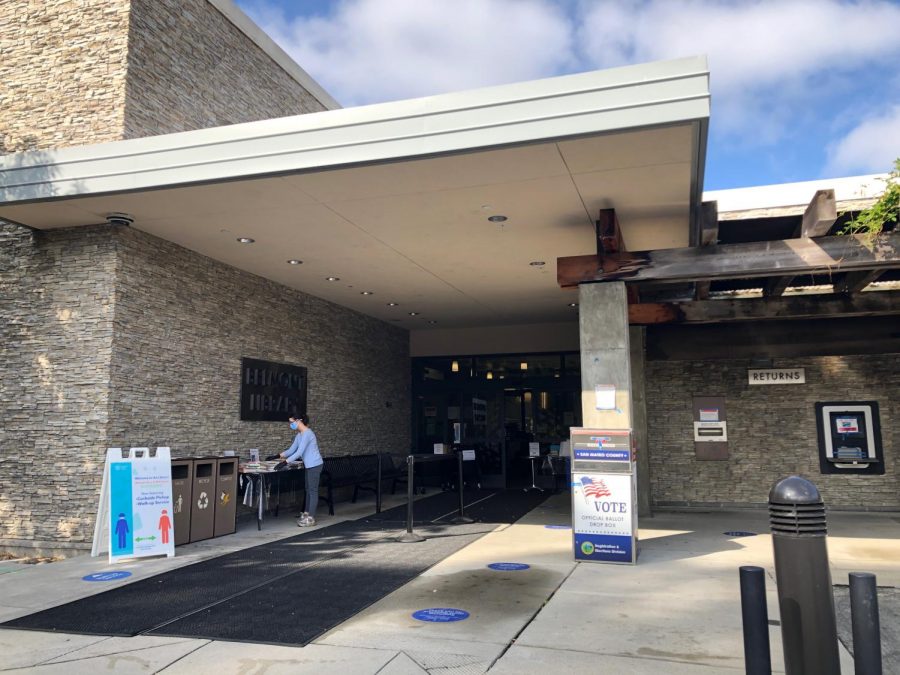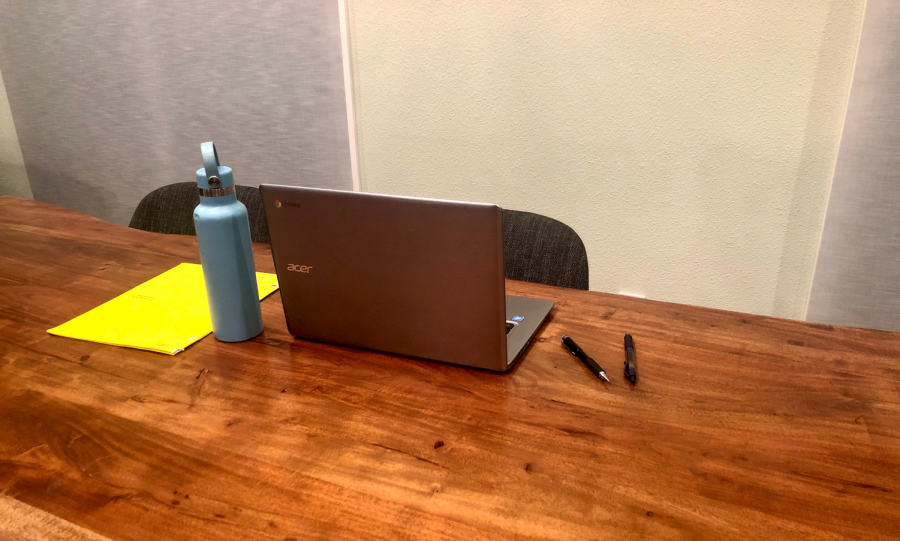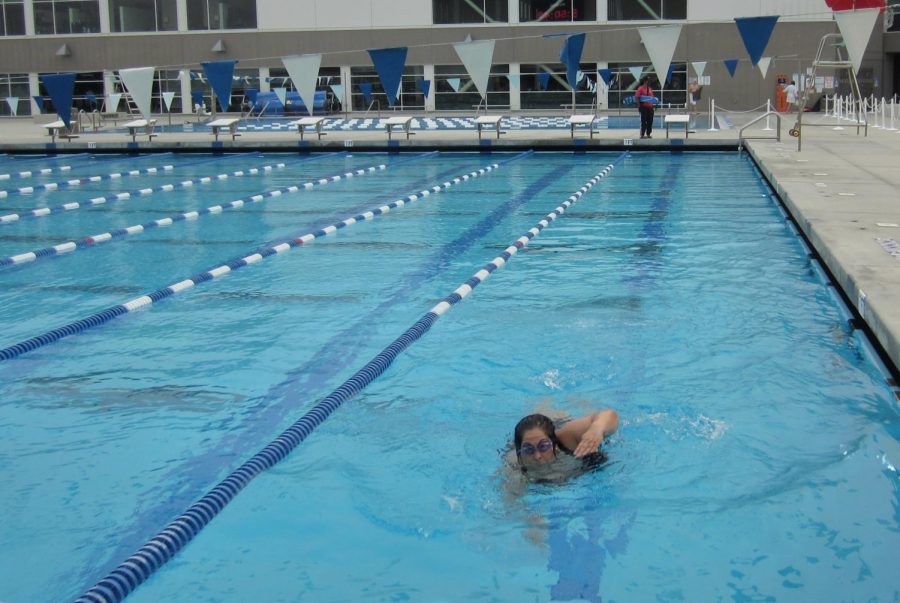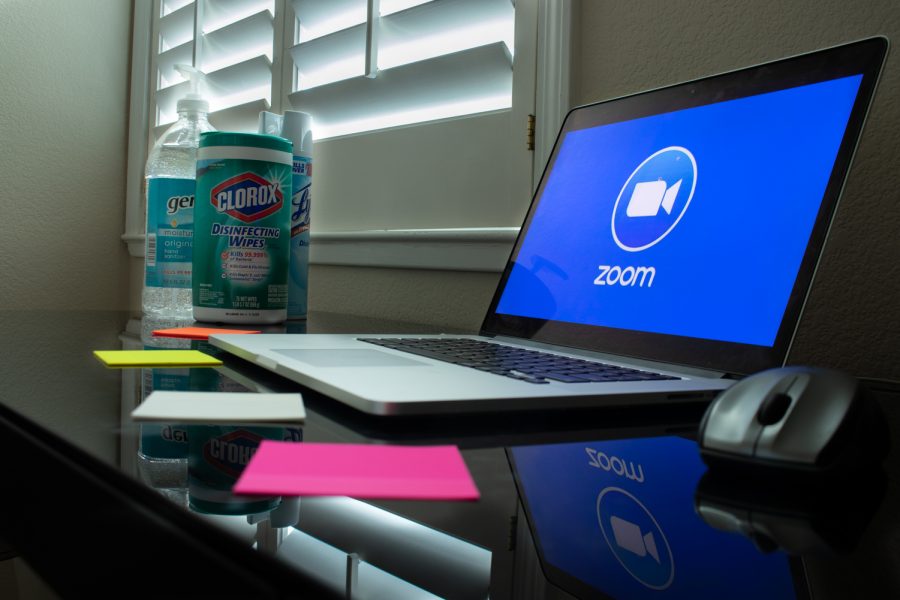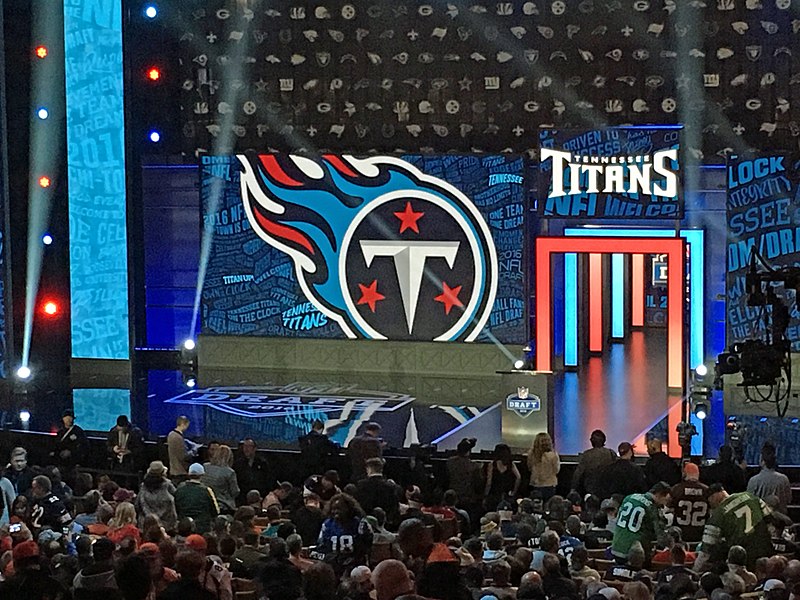Students are facing a time of uncertainty. With the loss of in-person classes, students worry about not seeing their teachers and not being able to succeed in online learning.
But, according to the U.S. Department of Education, students have no reason to worry. In a 2009 report, students who took all or some of their classes online performed better, on average, compared to students who had all of their instruction face-to-face.
As cases of COVID-19 continue to increase, schools in Sequoia Union High School District and others across the state have transitioned to distance learning to reduce the spread of the virus. The transition of students and employees to studying and working from home is part of a policy of social distancing, in an effort to “flatten the curve.”
Staff at Carlmont High School and professors from community colleges in the area are advising students on strategies for how to be successful as they transition to online education.
Establish a routine
Teachers and professors alike recommend that students maintain a study routine.
“It might be useful to stick to your daily school schedule,” said Tomiko Fronk, an Algebra II/Trig and Pre-Calculus teacher at Carlmont. “From 8-9 a.m. do first-period assignments, from 9-10 a.m. do second-period assignments, and so on.”
Diane Furlan, a Critical Reading, Writing, and Thinking professor at De Anza College, offers another perspective. She claims that it is crucial to find a time that works for you and stay dedicated to your work at that time.
“If you’re a morning person, reserve the mornings for your classwork; if you’re an evening person, reserve the evenings for your classwork,” Furlan said. “Let your family and friends know that you’re going to be unavailable at that time each day.”
Plan out your assignments
Carlmont’s principal, Ralph Crame, reminds students to continue to keep track of their assignments during this transition to help themselves stay organized.
“Create a to-do list for each class,” Crame said.
Furlan advises students to set goals and progress check-ins for themselves to manage their time better.
“Break things down, so you have small achievable goals,” Furlan said. “Give yourself artificial due dates.”
Eliminate distractions
Furlan acknowledges that discipline is essential and can ruin a study session if not taken seriously.
“Temptation is a problem. If you take a break, set a timer. Otherwise, you’ll watch TikTok or YouTube for two hours instead of 15 minutes.”
Mabel Sum, a sophomore at Carlmont, agrees that distractions can get in the way of studying.
“I would recommend drinking water while you work, so you don’t get distracted because you’re hungry when you’re actually dehydrated,” Sum said. “There’s an app that limits screen time on phones that can help you stay on task.”
Use your resources
Crame reminds students to check Canvas and their school emails often. He also recommends that students declutter their email accounts to feel more organized.
“I suggest that students go through their school email account and clean it up,” Crame said. “Delete old messages that are not relevant anymore and create a folder for each class.”
At the College of San Mateo, Stephen Heath, a professor of Personal Finance Planning, reminds students of the resources they have available to them. He also encourages students to ask their teachers for extra materials if it is needed.
“There are Youtube videos, the Canvas material your instructor publishes, and the book publishers also have a ton of material they produce,” Heath said. “I would encourage you to get your instructors to share that information with you.”
Seek support
Heath suggests that students support each other and use their communication tools to help themselves understand their classwork.
“Schedule times to check in with fellow classmates so that everyone can share their best practices and help one another,” Heath said. “You high school students should use all the social networking tools you typically use for fun to help you digest your course work.”
Staying in touch with classmates is something that Sum recommends for people to get different opinions on issues they have. Many teachers plan to use discussion boards on Canvas and have their emails open to answer questions students may have.
According to Crame, it can be helpful for students to ask for help when they need it.
“We are all in this together, and we are here to support you,” Crame said.
Welcome the change
Having taken online classes, Fronk realizes that a transition like this one can pave the way for students to discover their best learning methods and help them in the future.
“This is a great opportunity to learn what kind of learner you are and to find ways to adapt,” Fronk said. “I think this is a great time to practice for what you’ll see in college and build your own strategies to make yourself a better learner in different ways.”
Finally, Gregg Patner, Carlmont’s Administrative Vice Principal for ninth and 11th grade, proposes students seize this unique opportunity and find what they’re good at in the process.
“Embrace the struggles that you encounter, don’t allow yourself to give up,” Patner said. “Find your gift.”


